Many battles have shaped the course of history. Some battles changed nations, while others shifted the global balance of power. These conflicts not only determined the fates of empires but also influenced cultural, political, and social landscapes. Understanding these pivotal moments helps us appreciate the complex tapestry of human history. Here are some of the most significant battles that left a lasting impact on the world.
Battle of Marathon (490 BC)
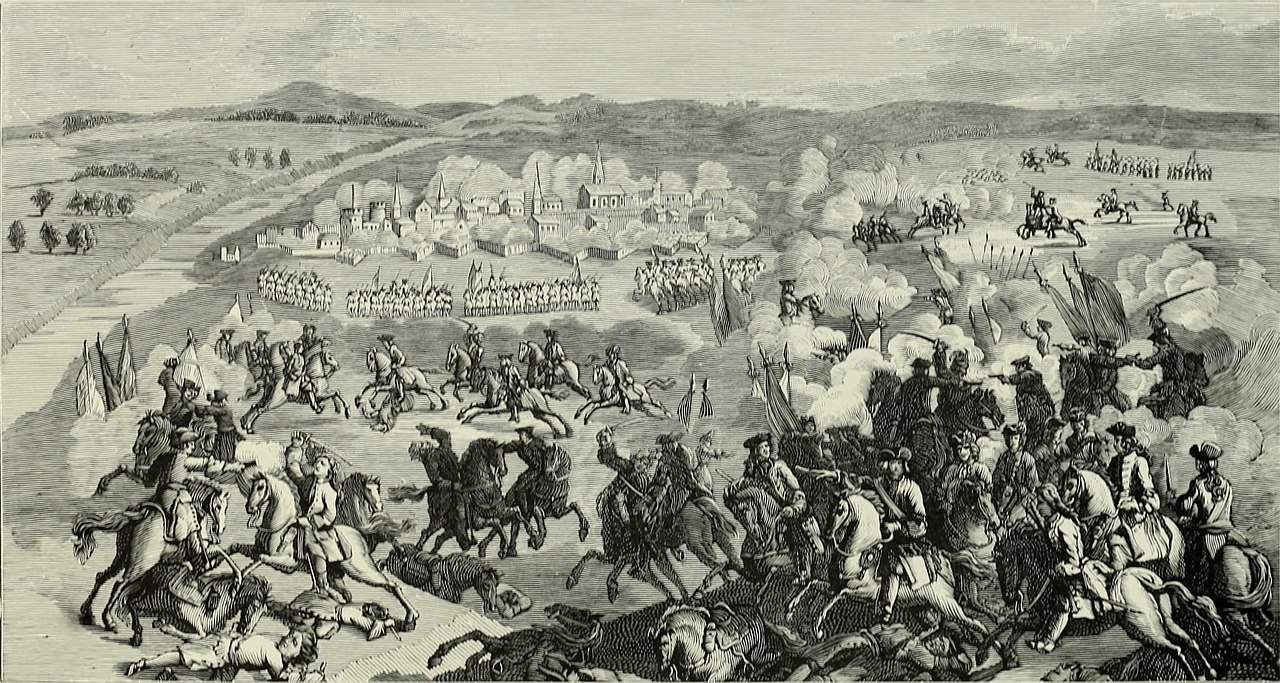
The Battle of Marathon marked the first major Greek victory over the Persian Empire, showcasing the effectiveness of the Greek hoplite phalanx. Despite being outnumbered, the Greeks defeated the Persians using superior tactics and terrain knowledge. This victory boosted Greek confidence and deterred Persian invasions for a decade. The battle also inspired the modern marathon race, commemorating the legendary run of a Greek messenger from Marathon to Athens.
Battle of Thermopylae (480 BC)
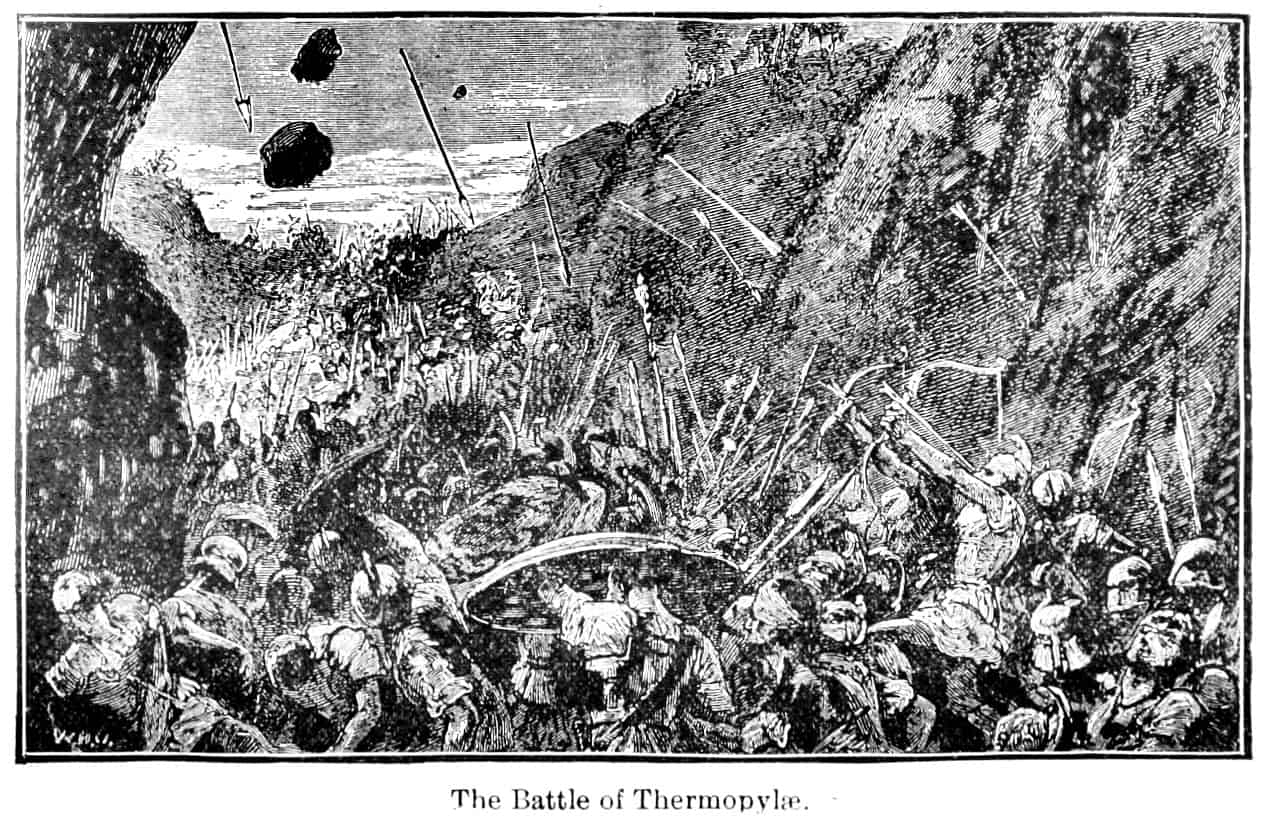
Although a tactical loss, the Battle of Thermopylae became a symbol of courage and sacrifice. King Leonidas and his 300 Spartans held off a massive Persian army for three days, allowing other Greek city-states time to prepare for further defense. Their heroic stand inspired subsequent Greek victories in the Persian Wars. The battle demonstrated the power of unity and strategic defense against overwhelming odds.
Battle of Gaugamela (331 BC)
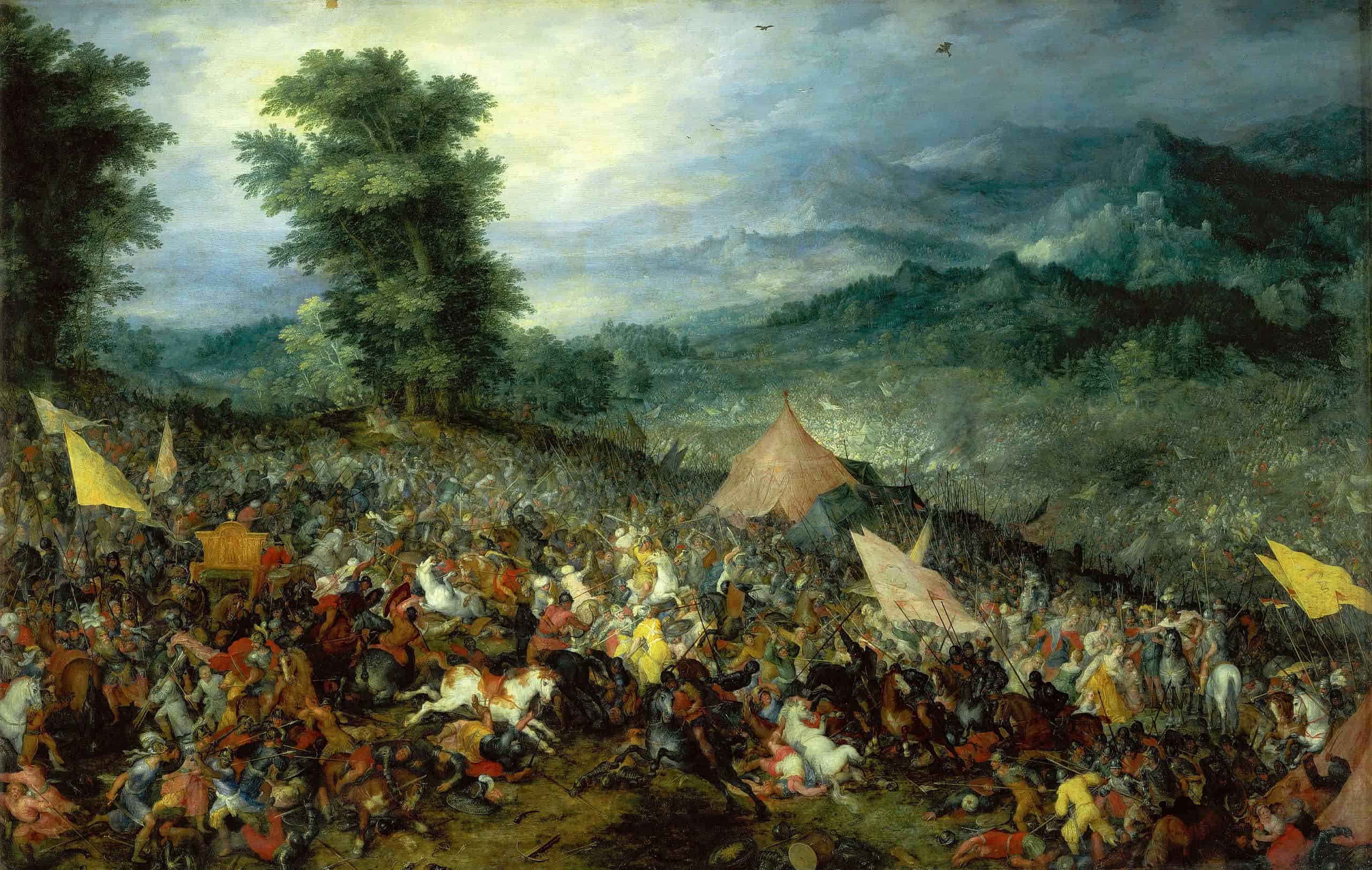
Alexander the Great’s victory at Gaugamela led to the fall of the Achaemenid Empire and the spread of Greek culture across Asia. Employing innovative tactics, Alexander broke through Persian lines, significantly expanding his empire. This battle established Alexander as one of history’s greatest military strategists and initiated the Hellenistic Era, which influenced cultures from the Mediterranean to India.
Battle of Zama (202 BC)
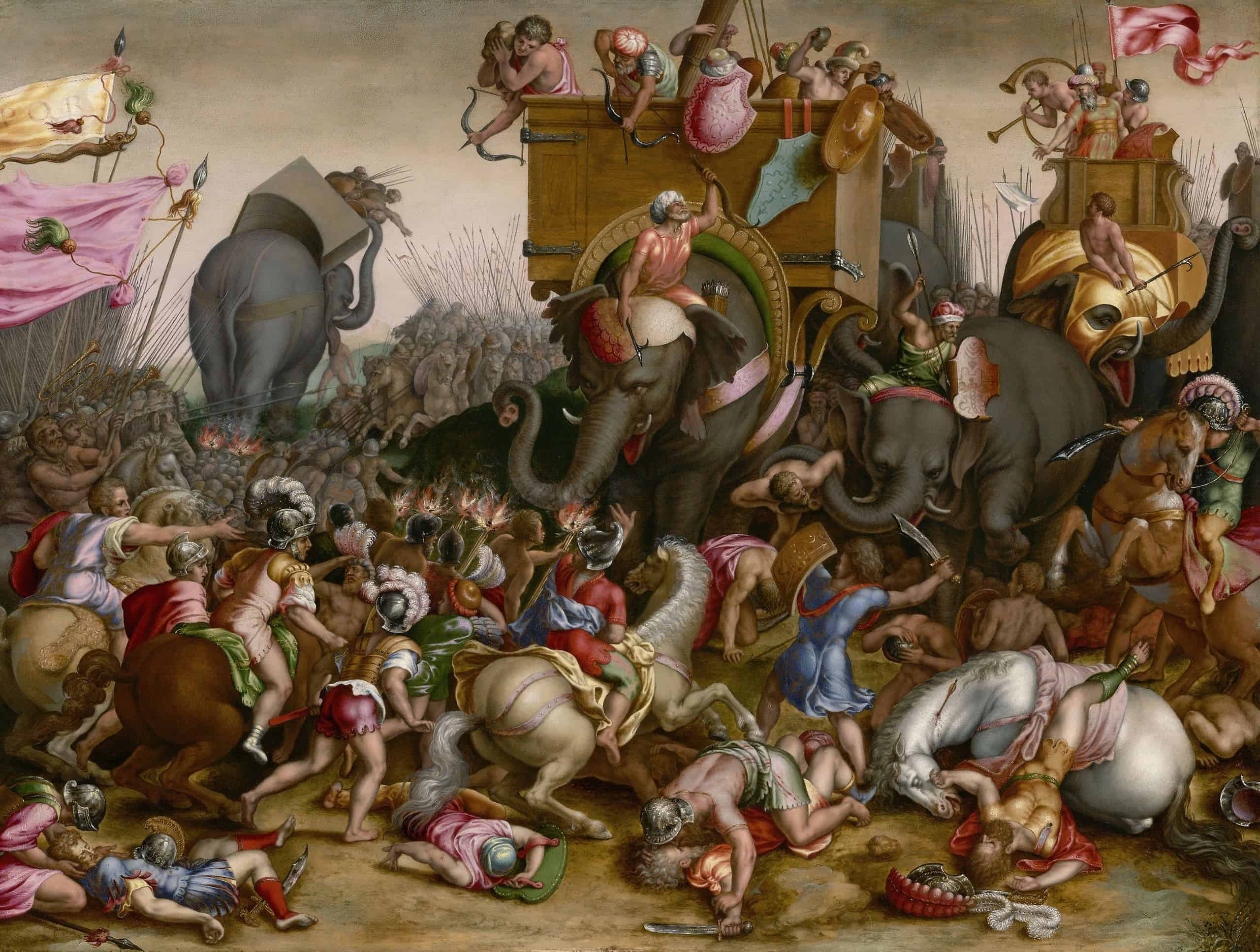
The Battle of Zama ended the Second Punic War and secured Roman supremacy in the Mediterranean. Scipio Africanus defeated Hannibal by employing flexible tactics that neutralized Carthaginian war elephants. This victory led to Rome’s dominance over Carthage, allowing Rome to expand its influence and paving the way for the Roman Empire’s rise.
Battle of Hastings (1066 AD)
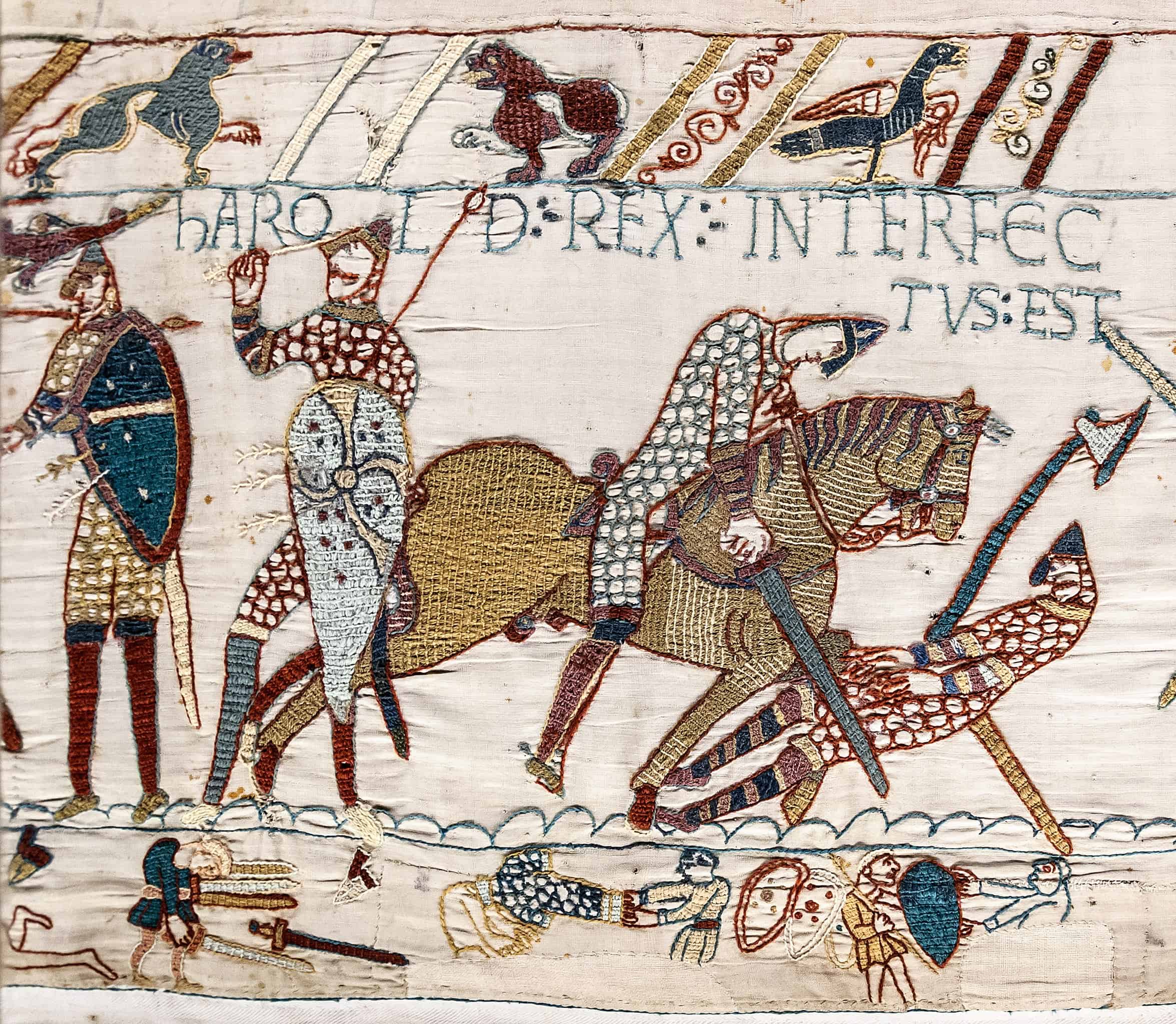
The Norman conquest of England at the Battle of Hastings reshaped English culture, language, and law, establishing a new ruling dynasty. William the Conqueror’s victory over King Harold II introduced feudalism to England and began the blending of Norman and Anglo-Saxon cultures. This battle significantly influenced the development of the English state and its institutions.
Battle of Agincourt (1415 AD)
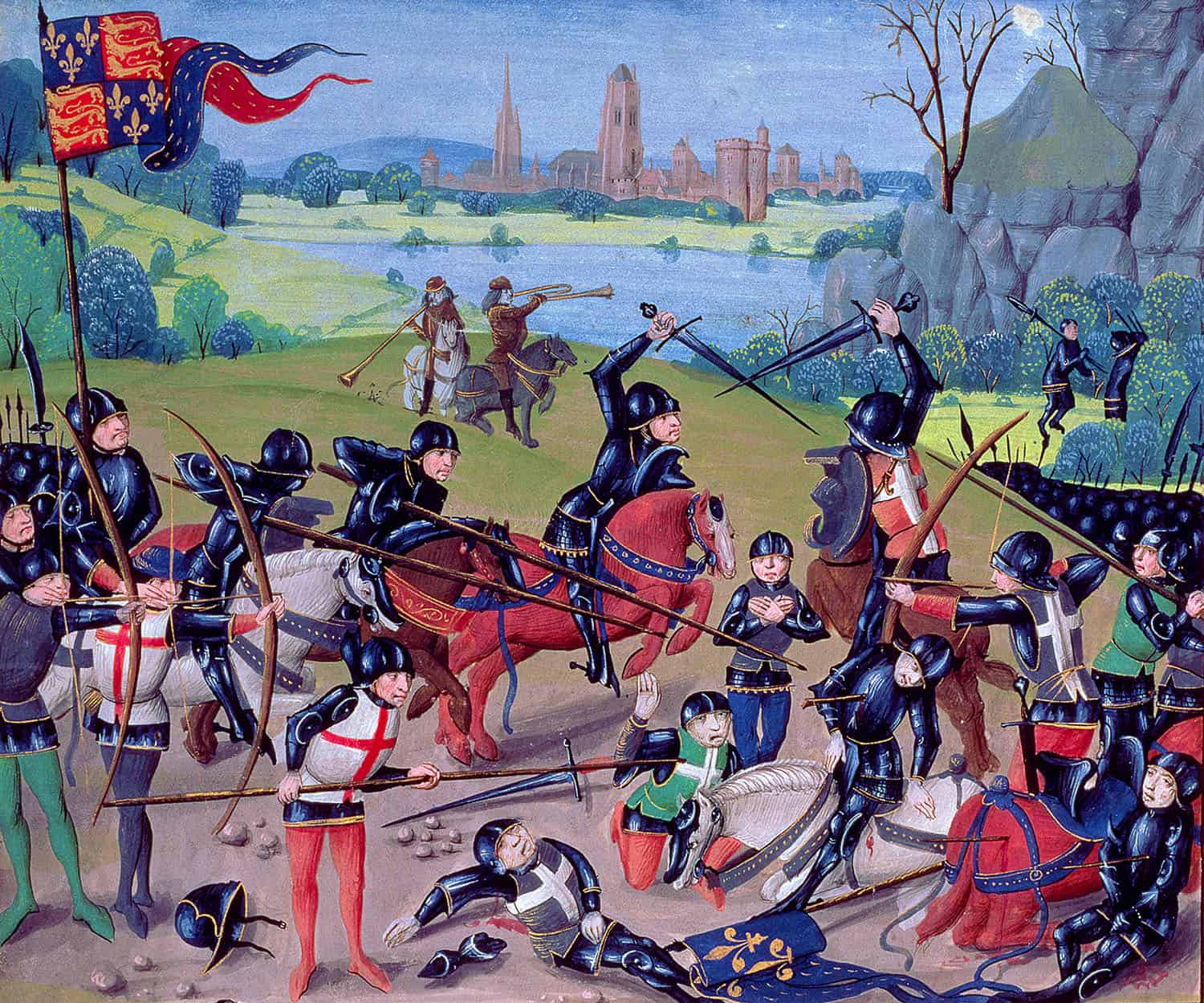
The Battle of Agincourt showcased the effectiveness of English longbowmen and marked a turning point in the Hundred Years’ War. King Henry V’s outnumbered forces defeated a much larger French army, with longbows and muddy terrain playing crucial roles. This victory bolstered English morale and military reputation, leading to a temporary dominance in France.
Siege of Constantinople (1453 AD)
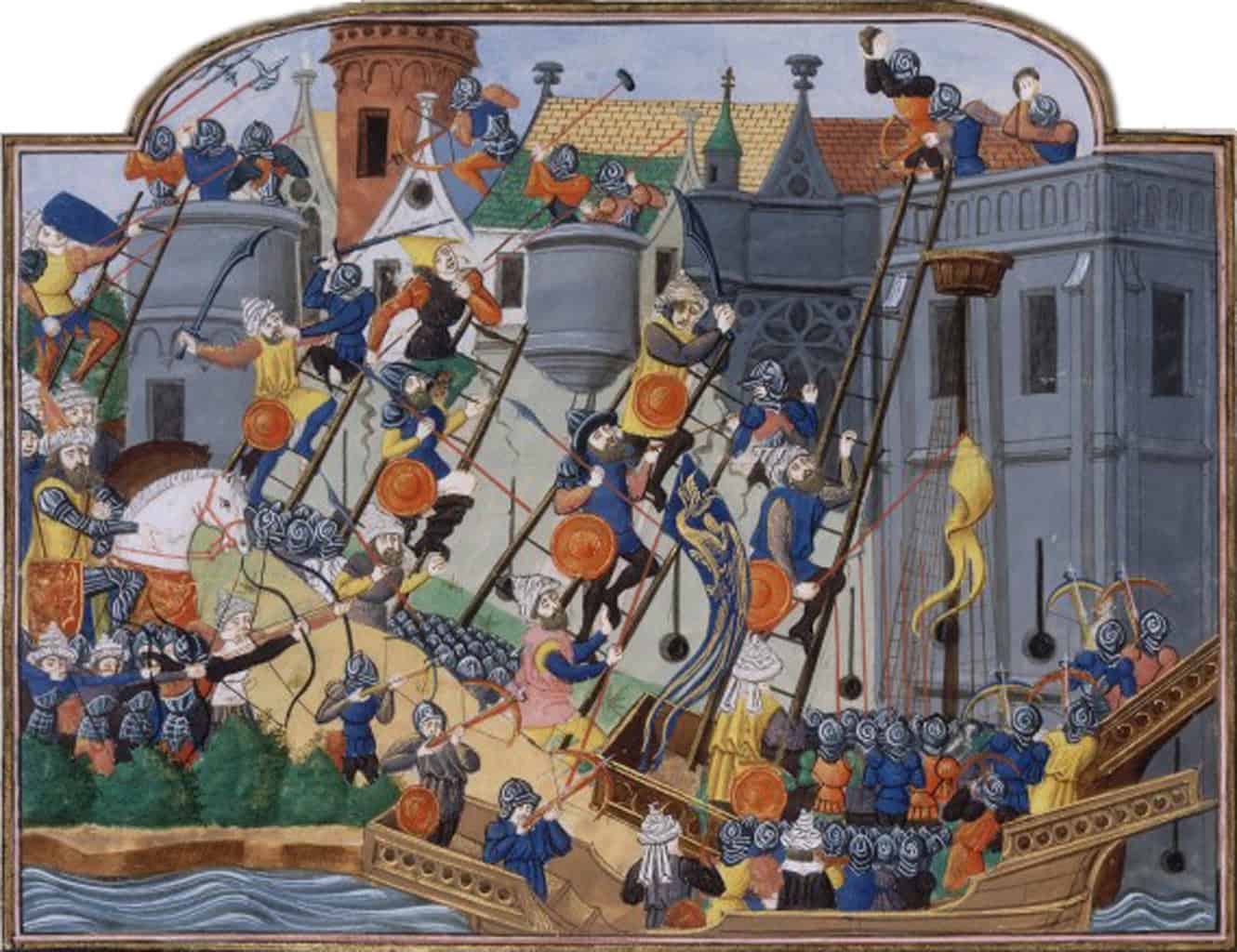
The fall of Constantinople ended the Byzantine Empire and shifted the balance of power in Europe and the Middle East. The Ottomans, using advanced siege technology, including large cannons, breached Constantinople’s formidable walls. This victory established the Ottoman Empire’s dominance in the region and marked the end of the medieval era, ushering in the Renaissance and the Age of Exploration.
Battle of Lepanto (1571 AD)
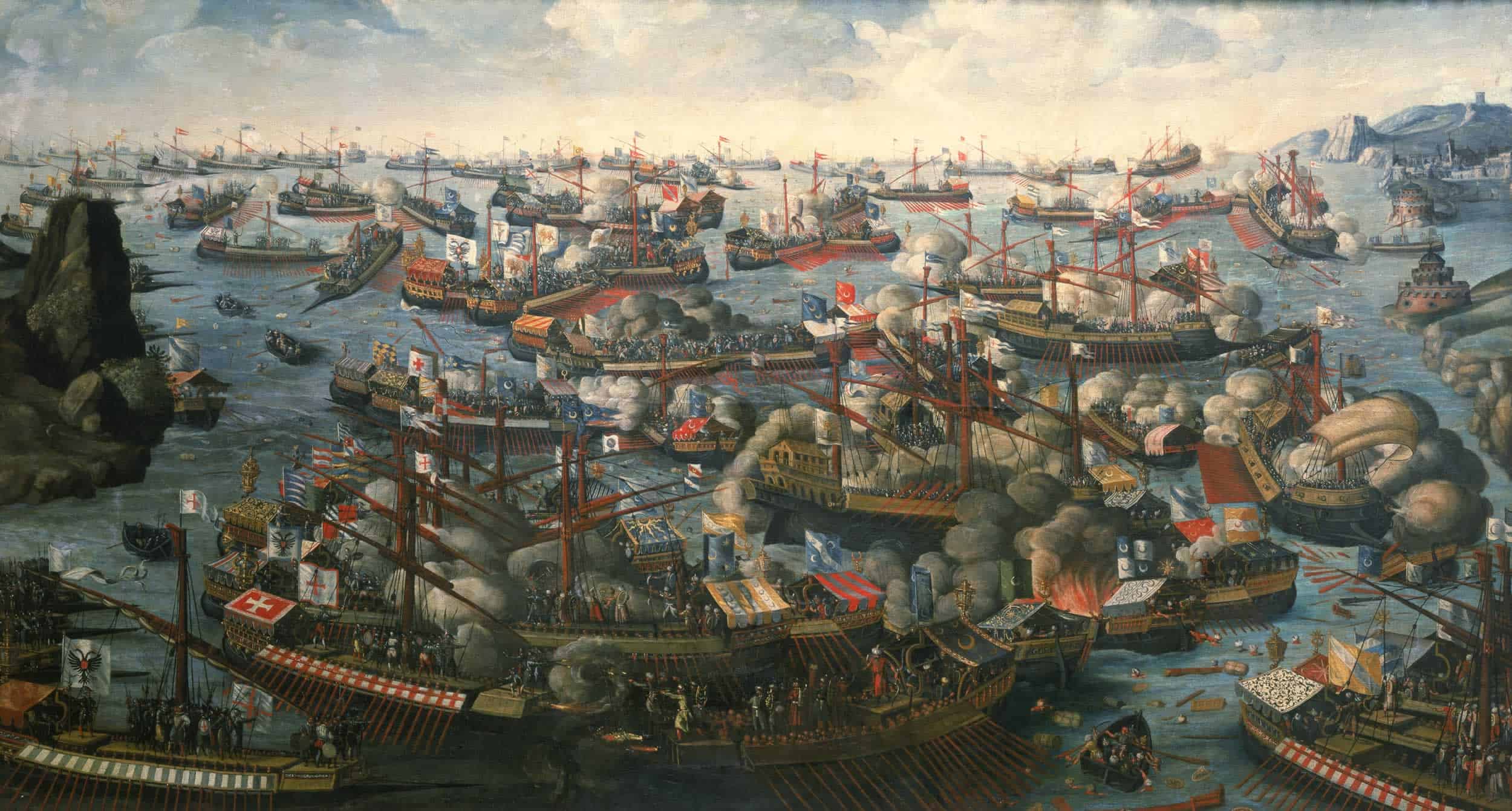
The Battle of Lepanto halted the expansion of the Ottoman Empire into the Mediterranean, marking a pivotal shift in naval power. The Holy League’s fleet, led by Spain, decisively defeated the Ottoman navy, ensuring European control of the Mediterranean Sea. This battle showcased the effectiveness of galleys and the strategic importance of naval supremacy. The victory at Lepanto prevented the Ottomans from dominating European sea routes and safeguarded Christian Europe. It was also one of the last significant naval battles involving rowing vessels before the transition to sailing ships.
Battle of Waterloo (1815 AD)
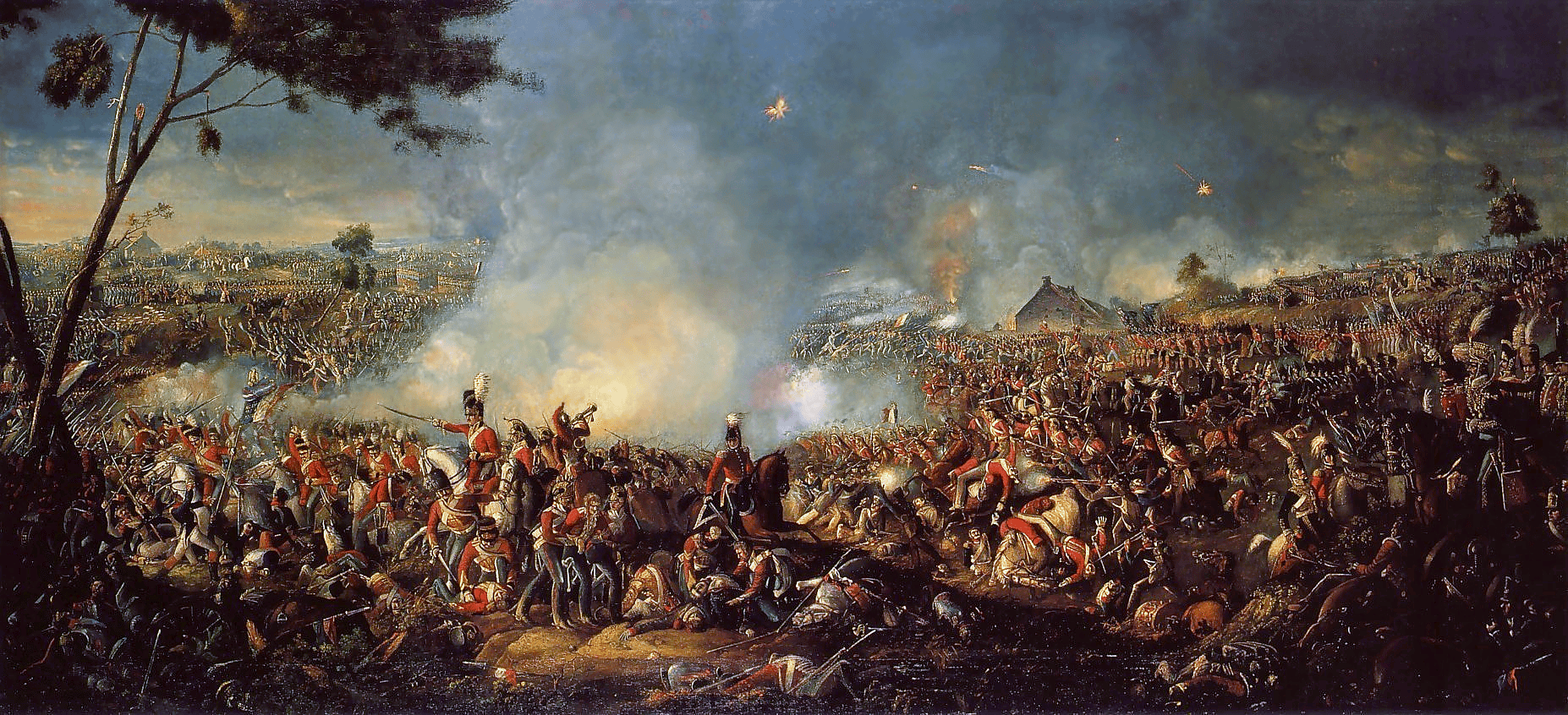
The Battle of Waterloo ended Napoleon Bonaparte’s rule and marked the beginning of a new era in European history. The combined forces of the Seventh Coalition, led by the Duke of Wellington and Prussian General Blücher, defeated Napoleon, leading to his exile. Waterloo’s outcome restored the Bourbon monarchy in France and reshaped European borders. The battle signified the end of the Napoleonic Wars and ushered in a period of relative peace in Europe known as the Concert of Europe.
Battle of Antietam (1862 AD)
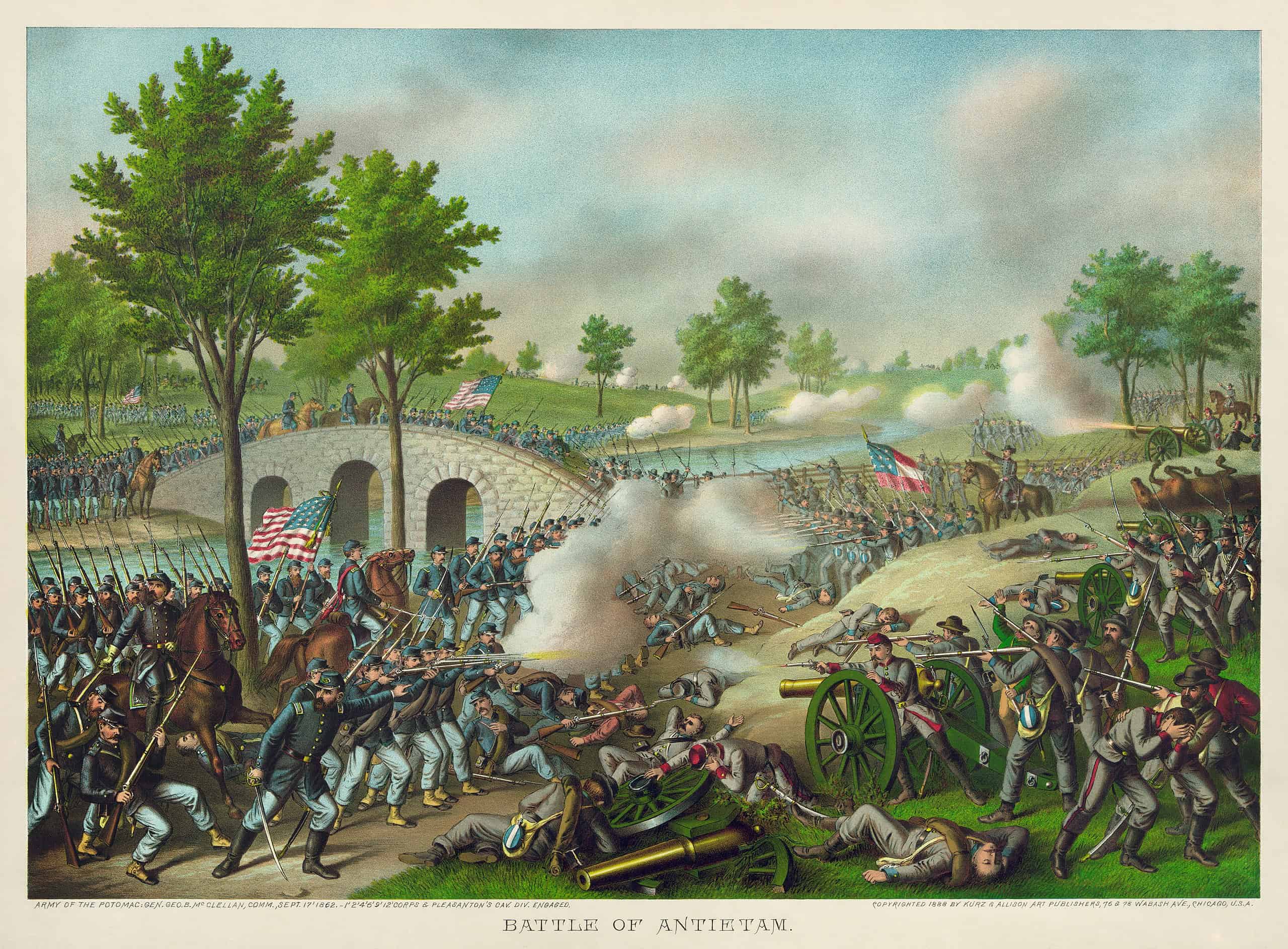
The Battle of Antietam was the bloodiest single-day battle in American history, with significant implications for the Civil War. This Union victory halted the Confederate invasion of the North and provided President Abraham Lincoln the opportunity to issue the Emancipation Proclamation. Antietam’s outcome shifted the war’s moral and political objectives, bolstering Northern morale. It also discouraged European powers from recognizing or supporting the Confederacy.
Battle of Gettysburg (1863 AD)
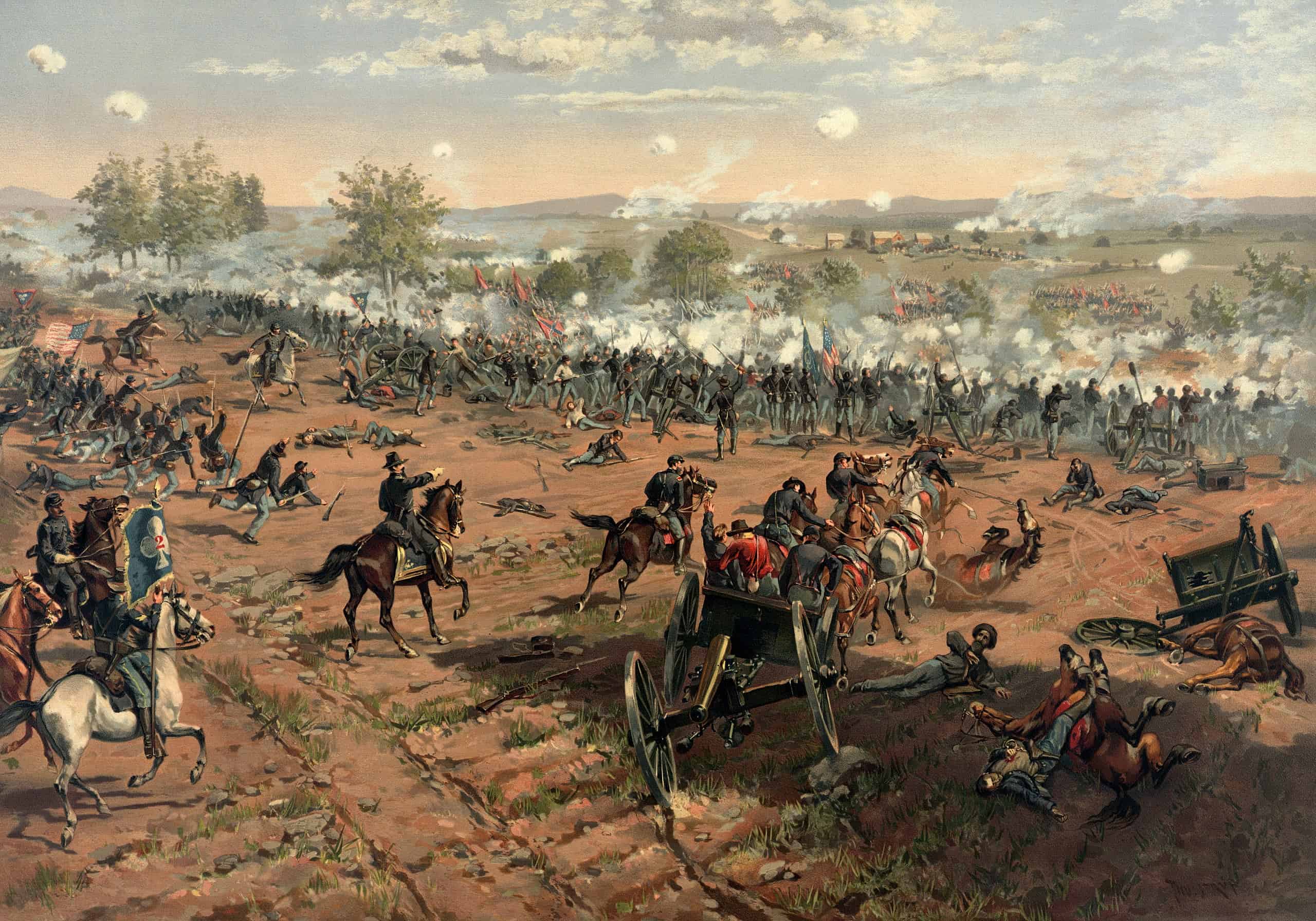
The Battle of Gettysburg was a turning point in the American Civil War, marking the end of General Robert E. Lee’s second invasion of the North. The Union victory halted Confederate momentum and set the stage for subsequent Union advances. Gettysburg’s outcome, with significant casualties on both sides, was pivotal in boosting Northern morale and undermining Southern confidence. The battle’s aftermath led to President Lincoln’s famous Gettysburg Address, redefining the war’s purpose.
Battle of Verdun (1916 AD)
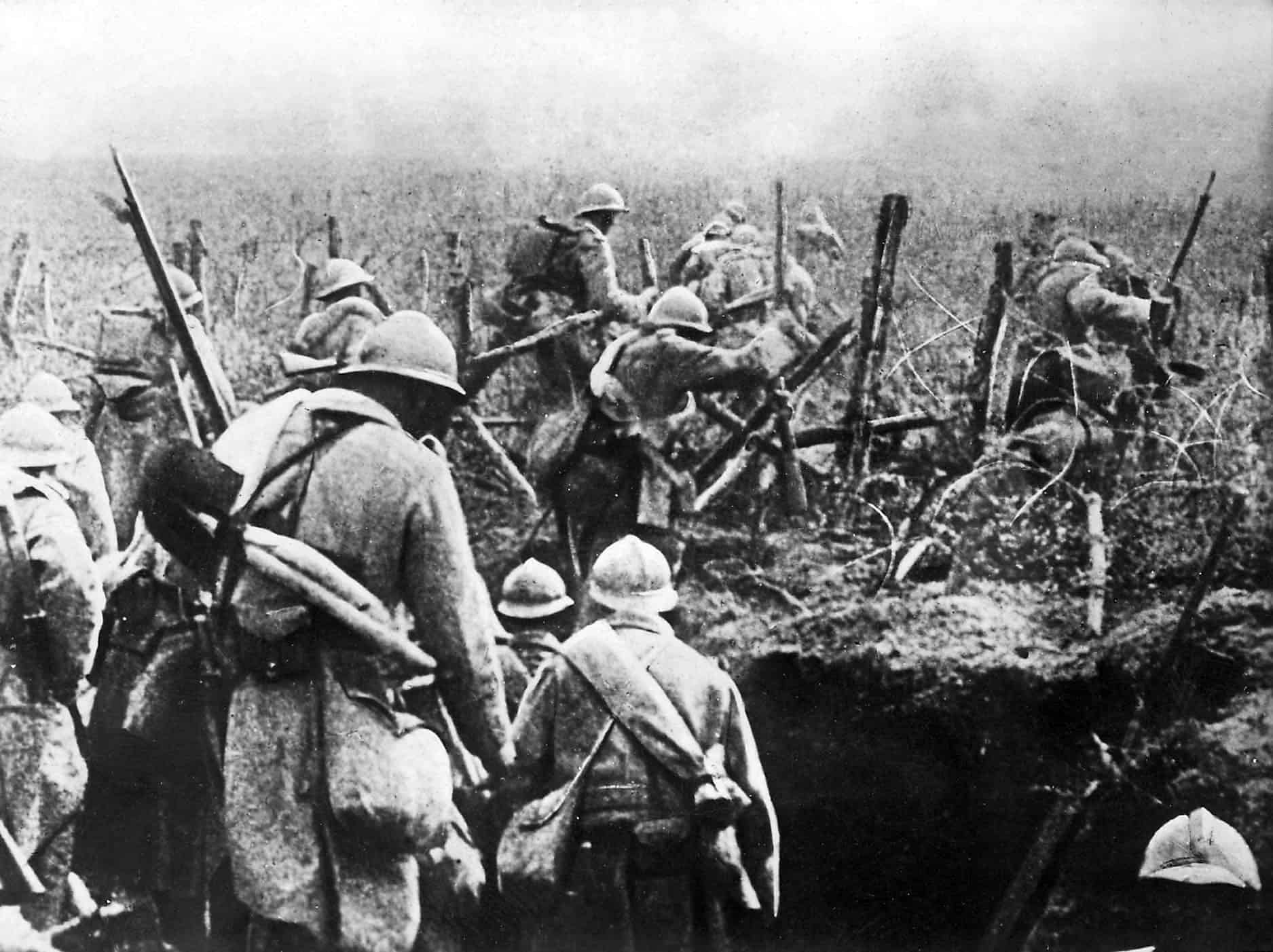
The Battle of Verdun was one of the longest and costliest battles of World War I, symbolizing the futility and devastation of trench warfare. The French army, determined to defend Verdun at all costs, withstood a prolonged German offensive. Verdun became a symbol of French national resolve and resilience. The immense casualties and harsh conditions highlighted the grueling nature of the conflict and the need for new military tactics.
Battle of the Somme (1916 AD)
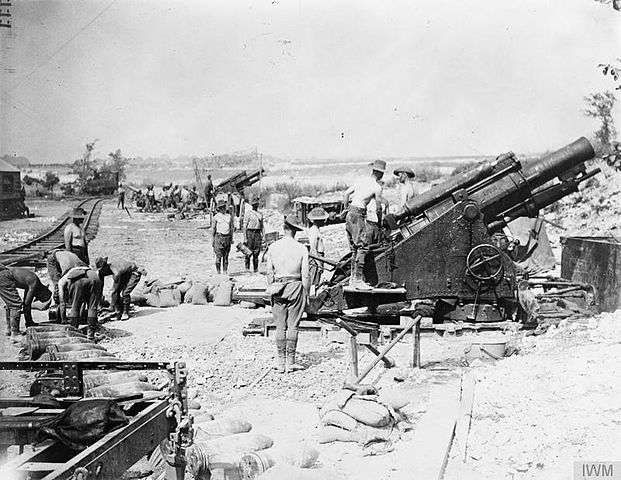
The Battle of the Somme, known for its staggering loss of life, highlighted the horrors of World War I and the limitations of trench warfare. The British and French forces launched a massive offensive against German lines, resulting in over a million casualties. Despite limited territorial gains, the Somme drew attention to the need for new strategies and technologies in warfare. The battle’s brutal reality underscored the human cost of the conflict and the urgency for peace.
Battle of Midway (1942 AD)
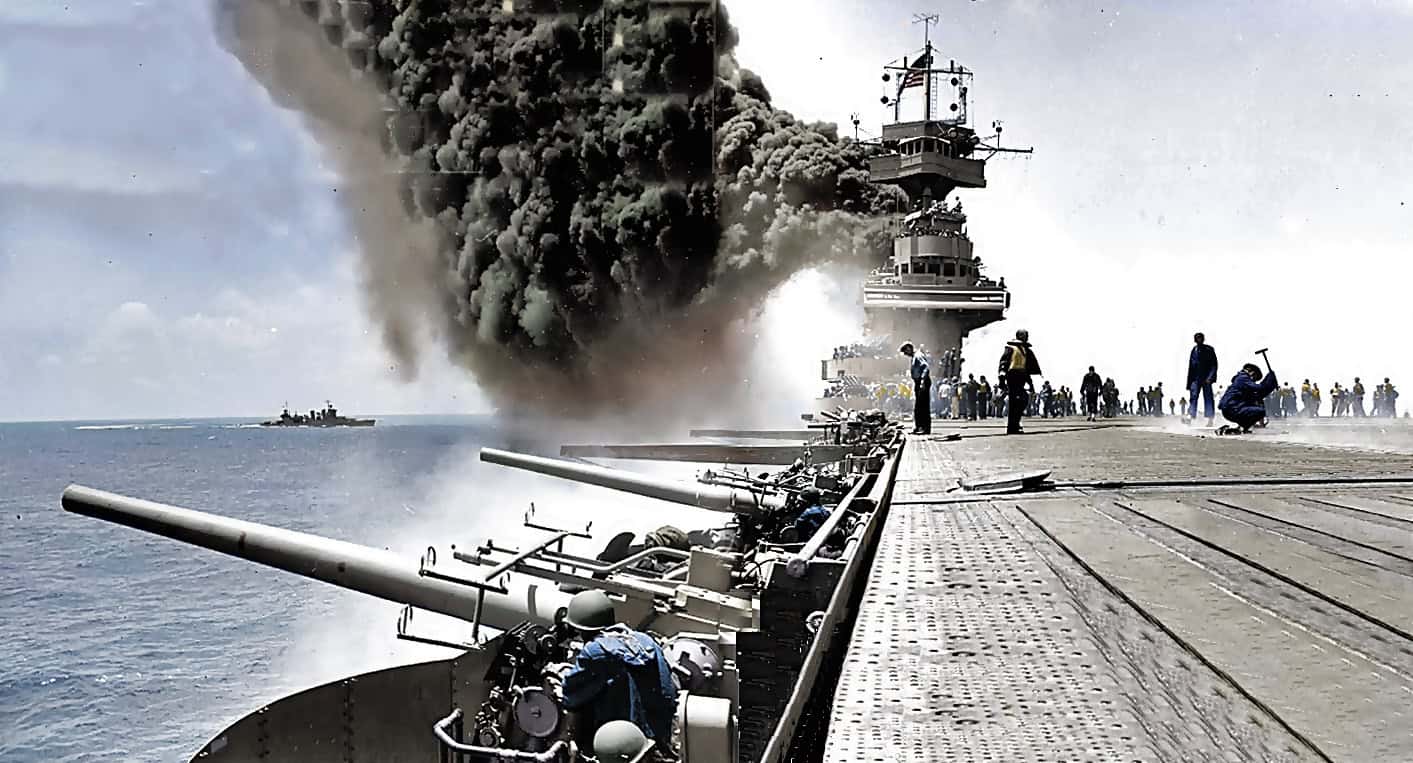
The Battle of Midway was a crucial turning point in the Pacific Theater of World War II, marking the beginning of the end for Japanese naval dominance. The United States, having broken Japanese codes, ambushed and decisively defeated the Japanese fleet. Midway’s outcome shifted the balance of naval power in the Pacific, allowing Allied forces to take the offensive. The victory demonstrated the strategic importance of intelligence and aircraft carriers in modern naval warfare.
D-Day (1944 AD)
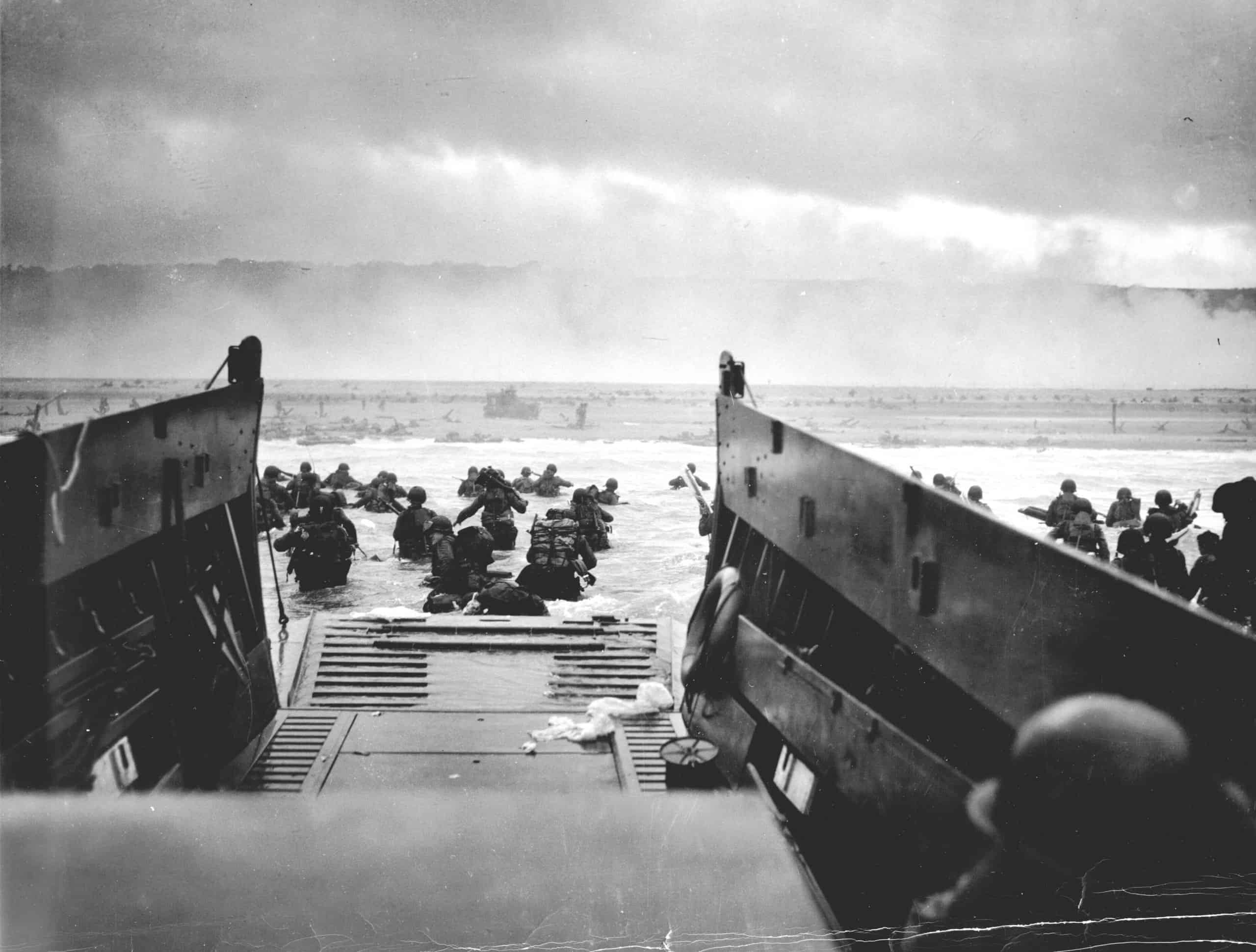
D-Day, the Allied invasion of Normandy, was the largest amphibious assault in history and marked the beginning of the end for Nazi Germany. Operation Overlord saw Allied forces successfully land on the beaches of Normandy, establishing a crucial foothold in Europe. The success of D-Day led to the liberation of Western Europe from Nazi control. It demonstrated the effectiveness of combined arms operations and the importance of coordination and planning in military campaigns.
This article originally appeared on Rarest.org.
More from Rarest.org
Top 8 Rarest Trading Cards from Multiple Series

Trading cards have captivated collectors for generations. From sports legends to mythical creatures, these cards hold immense value and intrigue. Read More.
10 Most Expensive Homes Ever Sold
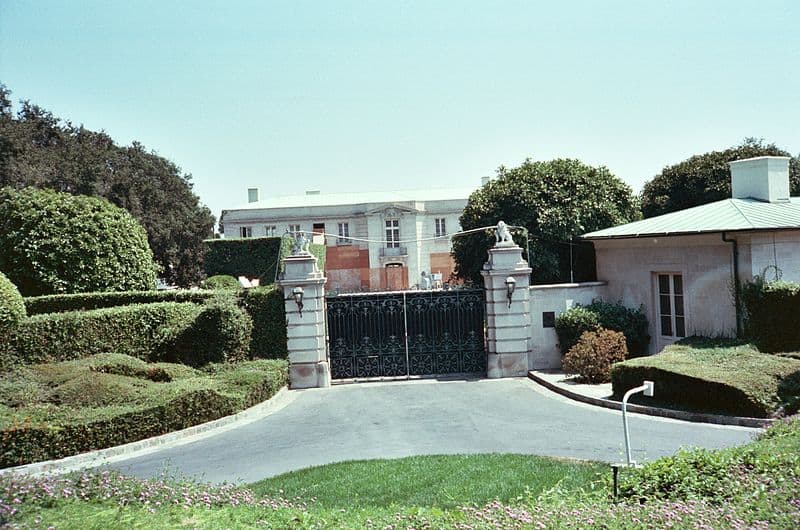
Exploring the world of luxury real estate reveals some truly extraordinary homes, each boasting unique features and staggering price tags. Read More.
1961 Roosevelt Dime Value Guide
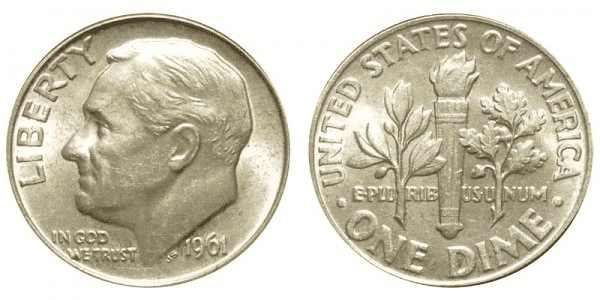
The 1961 Roosevelt dime is composed of 90 percent silver and 10 percent copper. The Roosevelt dime was first issued in 1946. At that time, it was made of silver and copper. Read More.
